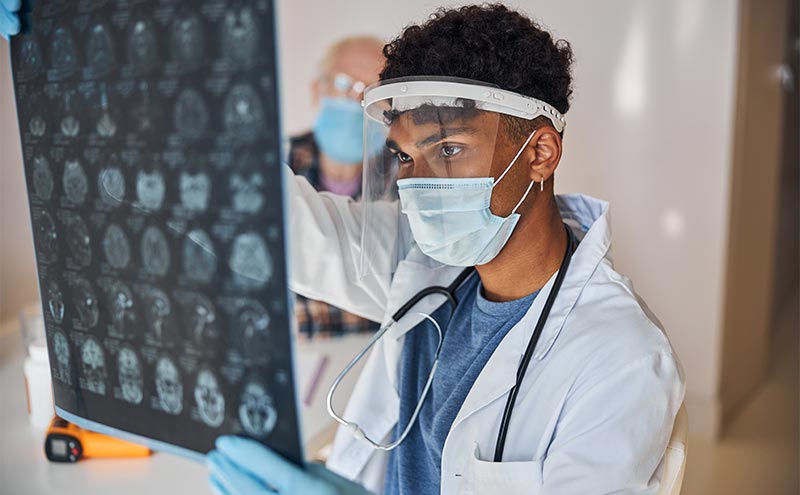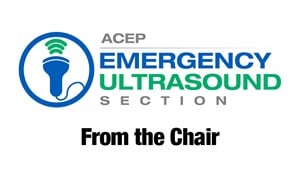
Resident Education: Obstacles to Performing Ultrasound at the Bedside
Emergency medicine residents may not always be as inspired as faculty would like them to be when it comes to performing bedside ultrasounds. To further understand this, we emailed a select group of residents at our institution and asked about the obstacles to performing ultrasound examinations on shift.
1. Machines.
Residents are looking for more access to reliable ultrasound machines. If the WiFi is unreliable, the workflow can be disrupted. This means that the patient’s images may not get uploaded into the middleware in a timely fashion, leading to incomplete worksheets. Also, older machines can freeze or disconnect from WiFi, creating additional barriers to ultrasound use.
Machine user-friendliness is another big factor. Interestingly, our residents have reported that touchscreens are less user-friendly, especially with making fine measurements. They have also found that the image quality was much worse when compared with the more traditional, cart-based machines.
Certainly, the blanket statement of “we need to buy more machines” may solve some of these problems, but that is often easier said than done. If the nurses or technicians at your institution are using the cart-based machines for ultrasound-guided IV placement, perhaps purchasing a simpler, smaller machine with just the linear transducer can free up the traditional cart-based machine for other patient care needs.
One of our residents suggested dedicated handheld machines for at least the ultrasound faculty, decreasing the amount of time needed to track down an ultrasound machine in the emergency department (ED). This is a reasonable idea, but it is important to ensure that the handheld machines are approved by the hospital compliance, clinical engineering, and information technology departments prior to use.
2. Time.
On busy shifts, the residents reported that they did not have time to perform bedside ultrasounds themselves. This may be further complicated by the need to subsequently complete the ultrasound worksheets, which can be particularly problematic if the ultrasound workflow is complex or time-consuming. It is important to simplify the process as much as possible to not only maximize efficiency, but also ensure that the process meets your ultimate goals (eg, transferring to PACS or the electronic medical record, billing).
Another factor is that performing the exam and obtaining quality ultrasound images can be time-consuming, particularly for the more novice sonographer. One of our interns stated that time limitation was a factor prior to their ultrasound rotation, but now that they are more ultrasound-savvy, performing a bedside ultrasound is not nearly as daunting.
Residents noted that having residents who were on ultrasound rotation available was helpful to obtain scans when they did not have the time to perform the exam themselves. Although it may be helpful for those working clinical shifts, one of the main reasons for having ultrasound machines in the ED is for residents to learn how to incorporate bedside ultrasound into their own practice. By having another provider perform the exam for them, it takes away the opportunity to learn how to balance the time for performing the ultrasound exam during a busy shift.
3. Lack of comfort/experience.
Residents reported being uncomfortable performing certain ultrasound examinations, especially those that are more challenging or invasive. Residents may feel limited in which examinations they can practice, especially if the attending they are working with is not credentialed or comfortable with that exam type. This is an opportunity to encourage your faculty members to practice more with ultrasound, so they become comfortable and credentialed in these applications. Dedicated scanning shifts for your department’s faculty members can inspire them to practice more and translate into more expertise for resident education, as well.
I would also love to hear from you! If you have any tips you can share on how to motivate residents to do more ultrasound, let me know! Email me today.
Elaine Situ-LaCasse, MD
University of Arizona



